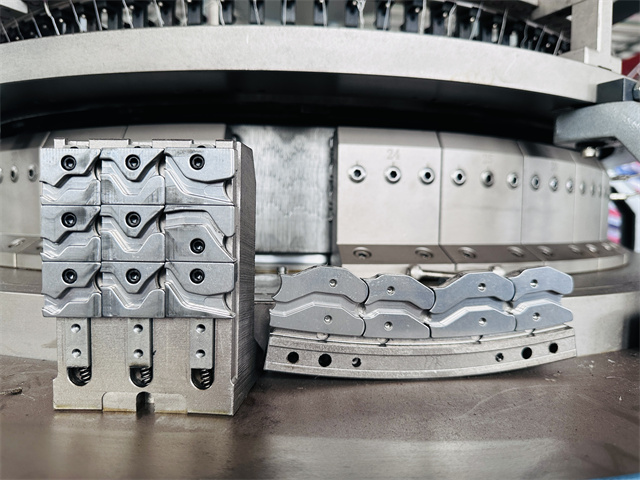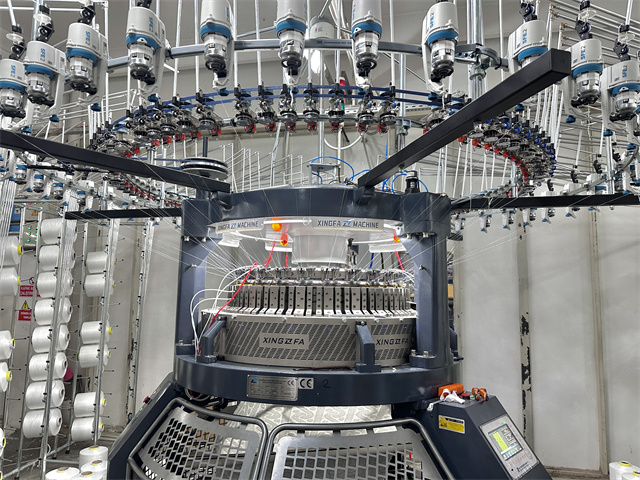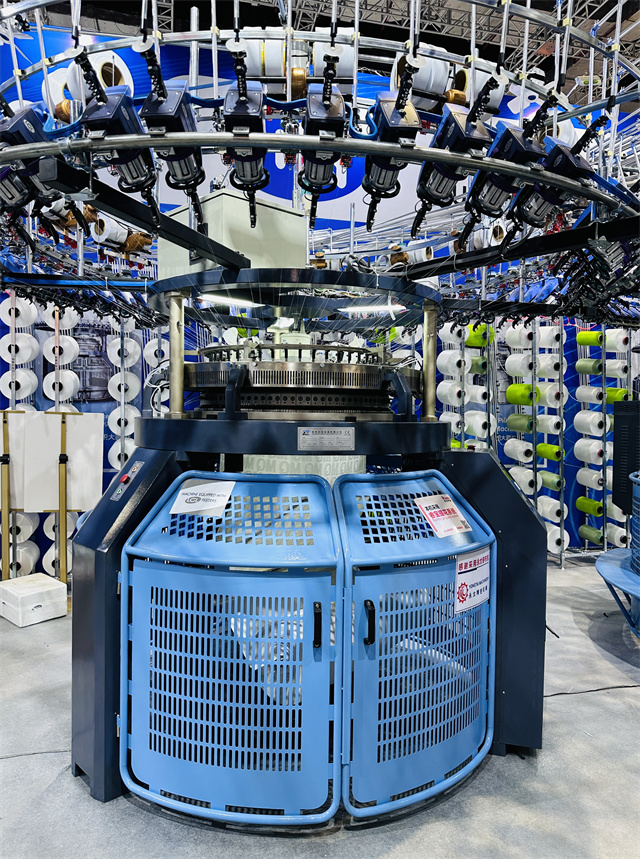Author:Xingfa Knitting MachineFROM:Circular Knitting Machine Manufacturer TIME:2024-03-11
Interlock circular knitting machines have played a vital role in the textile industry, revolutionizing the production of knitted fabrics. Over the years, these machines have undergone significant evolution, resulting in increased efficiency, versatility, and quality of output. This article provides an in-depth exploration of the evolution of interlock circular knitting machines, detailing the key advancements and innovations that have shaped their development.
The origins of interlock circular knitting machines can be traced back to the 19th century when the first rudimentary versions were developed. Initially, these machines were manually operated and had limited capabilities. The early iterations primarily focused on producing basic interlock fabrics with minimal design variations. However, they laid the foundation for further advancements in the technology.
With the advent of mechanization and automation in the textile industry, interlock circular knitting machines underwent a significant transformation. The integration of mechanical components and power sources resulted in improved speed and consistency in fabric production. This phase marked a crucial shift towards mass production and paved the way for more sophisticated iterations of the machines.

The introduction of technological innovations, such as computerized controls, electronic sensors, and advanced knitting techniques, marked a turning point in the evolution of interlock circular knitting machines. These advancements enabled precise control over stitch formation, pattern creation, and fabric density, unlocking a new realm of design possibilities and product customization.
As interlock circular knitting machines evolved, they became increasingly versatile, capable of handling a diverse range of yarn types, diameters, and textures. This enhanced versatility empowered manufacturers to explore novel applications, including sports apparel, seamless garments, technical textiles, and intricate lace patterns, expanding the market potential for knitted fabrics.
The pursuit of efficiency and sustainability drove further developments in interlock circular knitting machines. Innovations in energy management, waste reduction, and production optimization contributed to the machines' eco-friendly credentials. Additionally, improvements in material utilization and dyeing processes enhanced the overall sustainability of knitted fabric manufacturing.
In the digital era, interlock circular knitting machines embraced seamless integration with computer-aided design (CAD) software and industry 4.0 technologies. This integration facilitated automated pattern programming, real-time monitoring of production parameters, and remote machine diagnostics, enhancing operational efficiency, agility, and adaptability in response to dynamic market demands.

The evolution of interlock circular knitting machines culminated in heightened emphasis on fabric quality and production consistency. Advanced quality control systems, precision engineering, and predictive maintenance mechanisms ensured that the machines could deliver superior, defect-free fabrics with minimal variation, meeting the stringent standards of modern textile applications.

Looking ahead, the evolution of interlock circular knitting machines is poised to continue, driven by advancements in smart manufacturing, sustainable practices, and materials innovation. The convergence of digitalization, automation, and customization will redefine the capabilities of these machines, enabling them to cater to evolving consumer preferences and market dynamics.
In conclusion, the evolution of interlock circular knitting machines has been a testament to human ingenuity and technological progress. From humble beginnings to cutting-edge capabilities, these machines have shaped the landscape of knitted fabric production, offering limitless potential for creativity and innovation in the textile industry.
```

 Tel: +86-13533991359
Tel: +86-13533991359
 Email: info@xingfamachine.com
Email: info@xingfamachine.com
 MP/WhatsApp: +86-13533991359
MP/WhatsApp: +86-13533991359
 Manufacturer Address:B26-1 Taiwanese high-tech industrial base, Luoyang town , Quanzhou city, Fujian PRO. China.
Manufacturer Address:B26-1 Taiwanese high-tech industrial base, Luoyang town , Quanzhou city, Fujian PRO. China.